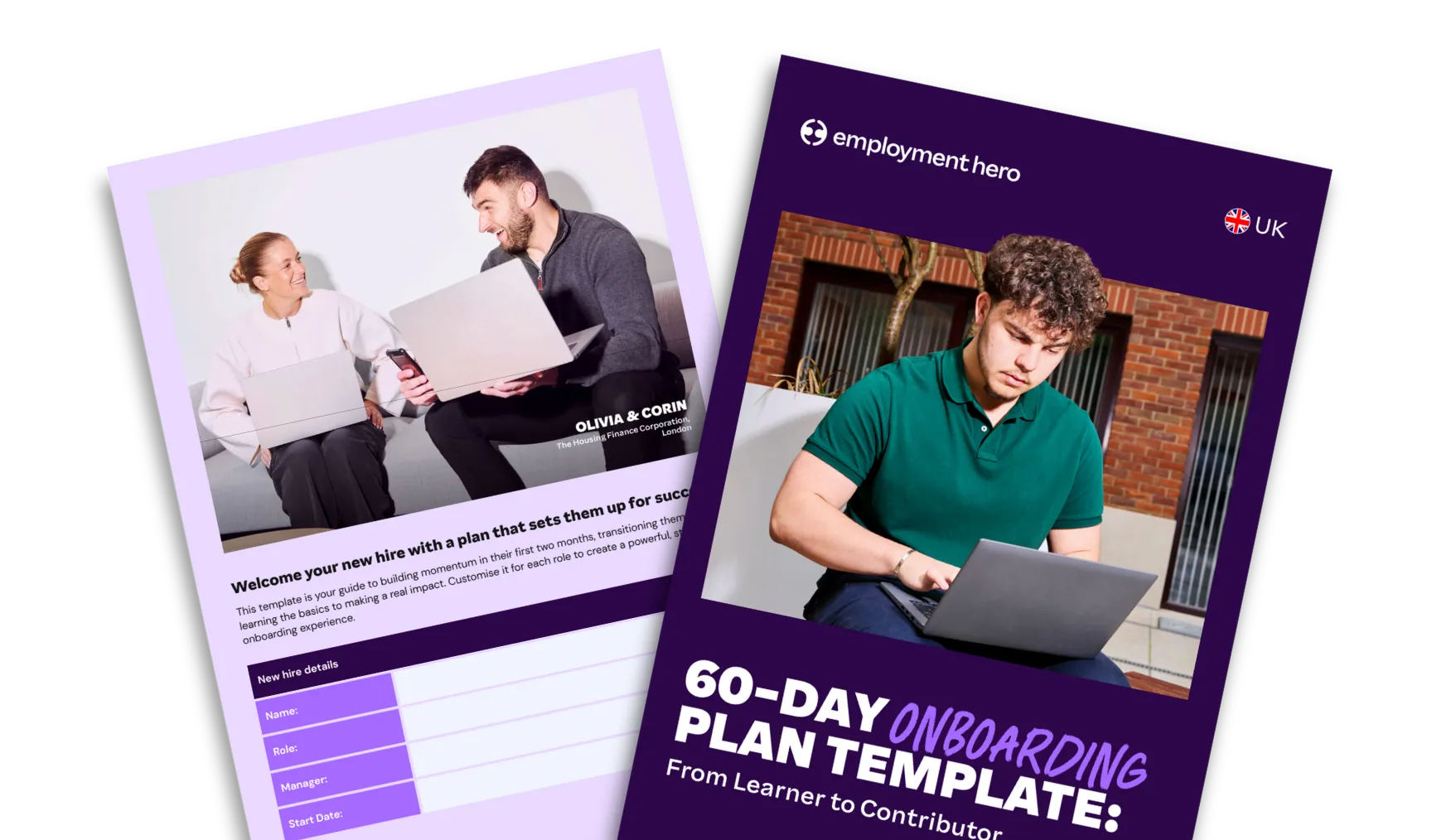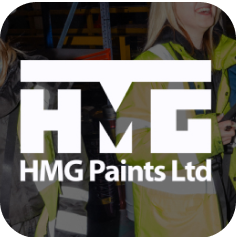Factsheet: National Insurance
Published
Factsheet: National Insurance
Published
If you’re new to business, ensuring your HR and payroll are in check can take valuable time away from running your business. With National Insurance rates rising, you may be asking yourself what are employer National Insurance Contributions (NICs)? In this factsheet, we’ll uncover what NICs are and how to calculate your contributions. Don’t stress, we’ve got you covered.
We’ve unpacked the essentials that UK employers need to know about NI in this easy to digest factsheet. This factsheet covers:
- What is employer National Insurance
- Who pays National Insurance
- Employee and Employer National Insurance Contributions
Disclaimer: The information in this article is current as of 1 April 2025, and has been prepared by Employment Hero Pty Ltd (ABN 11 160 047 709) and its related bodies corporate (Employment Hero). The views expressed in this article are general information only, are provided in good faith to assist employers and their employees, and should not be relied on as professional advice. The Information is based on data supplied by third parties. While such data is believed to be accurate, it has not been independently verified and no warranties are given that it is complete, accurate, up to date or fit for the purpose for which it is required. Employment Hero does not accept responsibility for any inaccuracy in such data and is not liable for any loss or damages arising either directly or indirectly as a result of reliance on, use of or inability to use any information provided in this article. You should undertake your own research and to seek professional advice before making any decisions or relying on the information in this article.
What is employer National Insurance?
National Insurance is a tax on earnings and self-employed profits that is paid by employees, employers and the self-employed. The contributions go into the National Insurance Fund which was established in 1948 to pay for social benefits including unemployment benefit, sickness benefit, and retirement pensions.
There are four main classes of National Insurance:
- Class 1 is paid by employees
- Class 2 is paid if you’re self-employed
- Class 3 is a voluntary contribution
- Class 4 is paid if you’re self-employed and have profits over a certain amount
Using Employment Hero to help with processing employer National Insurance
As an employer, you are responsible for ensuring that your employees are paid correctly and on time. It’s also your responsibility to deduct income tax and NICs from your employees’ wages, as well as pay your employer NICs, and report to and pay HMRC every month.
None of this is easy, especially when payroll tasks are only one of your responsibilities. Whilst it’s possible to run payroll manually, this opens you up to non-compliance risks.
Payroll software can help you process payroll quickly, easily and more accurately. Using HMRC-recognised payroll software like Employment Hero to manage your Real Time Information (RTI) PAYE payments and deductions makes payroll a breeze.
Register for the Factsheet
Related Resources
-
 Read more: Predictive Modelling in HR: Stop Guessing, Start Winning
Read more: Predictive Modelling in HR: Stop Guessing, Start WinningPredictive Modelling in HR: Stop Guessing, Start Winning
Discover how predictive modelling in HR can transform decision-making. Learn about key models, algorithms and steps to implement predictive analytics.
-
 Read more: Team Cohesion: The Ultimate Toolkit For Cross-Functional Collaboration
Read more: Team Cohesion: The Ultimate Toolkit For Cross-Functional CollaborationTeam Cohesion: The Ultimate Toolkit For Cross-Functional Collaboration
Learn how to build team cohesion and improve cross-functional collaboration. Discover actionable strategies, team-building activities and key behaviours.
-
 Read more: Your 60 day onboarding plan: The free template for building momentum
Read more: Your 60 day onboarding plan: The free template for building momentumYour 60 day onboarding plan: The free template for building momentum
Download a free 60 day onboarding plan template. Learn how to set clear goals, track progress and ensure new hire…



















